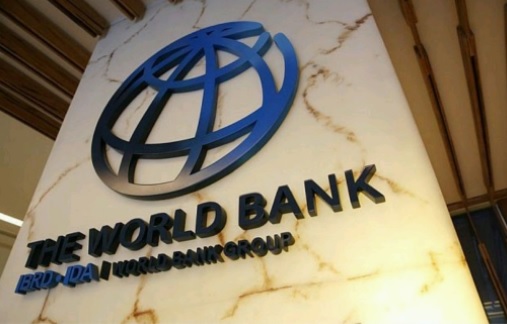World Bank: Serbia's economic growth will be 3.0 percent for 2018
The projected GDP growth of the Western Balkan region will recover to 3.2 percent this year.

- Country:
- Bosnia and Herzegovina
- Kosovo
- Macedonia FYR
- Serbia
The World Bank predicts Serbia's economic growth will be 3.0 percent for 2018, forecasting 3.5 percent for the next year, and a 4.0 percent increase for 2020.
At the same time, Bank estimates that Serbia's public debt will fall to 56 percent of gross domestic product (GDP) this year, in 2019 to 54.3 percent, and in 2020 to 52 percent of GDP.
According to the most recent regular report of the World Bank for the Western Balkans, which was presented at the offices of the international financial institution in Belgrade, inflation will, as in the next two years, amount to 3.0 percent.
The projected GDP growth of the Western Balkan region will recover to 3.2 percent this year, and in 2019 it will amount to 3.5 percent.
The report also states that economic growth in the Western Balkans fell last year, despite the opening of 190,000 new jobs in the first nine months of that year, with Serbia's GDP, the region's largest economy slowing to an estimated 1.9 percent in 2017, primarily due to adverse weather conditions.
The economic growth rate for the region as a whole dropped from 3.1 percent in 2016 to an estimated 2.4 percent last year due to sharp winters and lower investment, but growth recovery is expected to be 3.2 percent in 2018 and 3.5 percent in 2019.
"There is a positive trend in the region, with more and more citizens finding a job, while wages are slowly increasing. However, economic growth is adversely affected by both domestic and foreign factors, which was confirmed by the slowdown in growth in 2017," said Linda Van Gelder, World Bank’s Regional Director for Western Balkans.
The more stable growth the World Bank anticipates in the next few years and can be achieved provided that the correct combination of public policies and regulations is applied in order to reduce the sensitivity to impact and boost growth, says Linda Van Gelder.
According to the World Bank, the overall outlook for the region is positive, as growth in Serbia and FYR Macedonia is expected to increase, investment in Bosnia and Herzegovina and Kosovo is expected to slow down.
The report notes that employment is increasing throughout the region, especially in the wholesale and retail sector.
In all six countries of the Western Balkans, new jobs have been opened in 2017, it adds, adding that the average employment rate is continuously rising and reached the level of 42.6 percent in September 2017.
Unemployment in the region was 5.6 percent lower than in the previous year, and youth unemployment fell to 31.5 percent from 37.5 percent in the previous year.
Nevertheless, the report warns of slowing pace of job creation, as the annual employment rate fell from 4.5 percent in 2016 to 3.2 percent in September 2017.
The report calls for bold structural reforms to support the creation of new jobs and foster sustained growth in the medium term.










